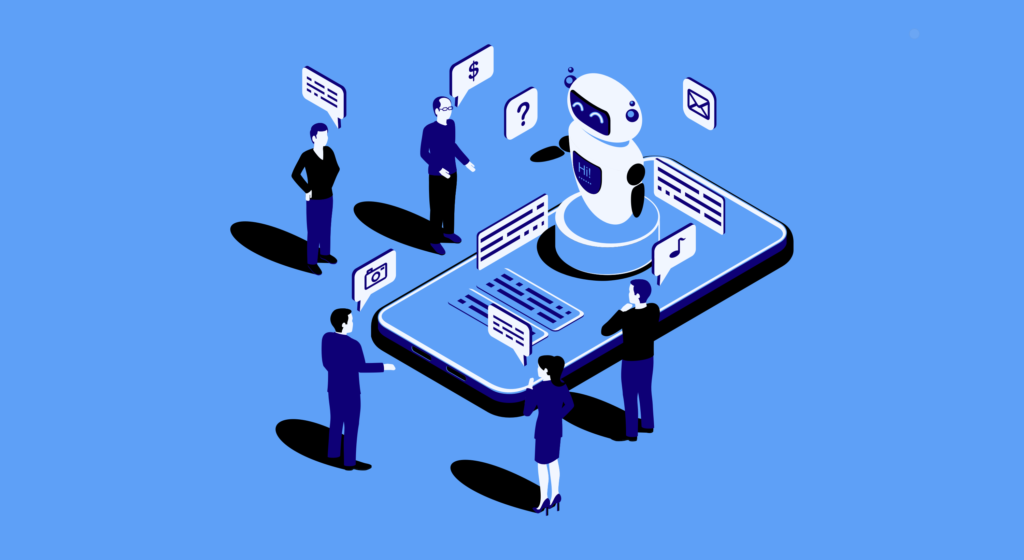
3. Chatbots in Action
Many U.S. companies are already benefiting from chatbot technology. Here are a few standout examples:
a. Bank of America – Erica
Erica, the virtual assistant from Bank of America, helps customers with tasks like managing finances, checking balances, and making payments.
b. Sephora – Virtual Artist
Sephora’s chatbot lets customers virtually try on makeup. It assists in finding products and offers beauty advice, enhancing the shopping experience.
c. Starbucks – My Starbucks Barista
Starbucks’ chatbot allows customers to place orders using voice commands or text, making the ordering process smoother and reducing wait times.
Also Read : Understanding Pricing Strategies and Models With Examples
4. Challenges Faced by Chatbots
Despite their benefits, chatbots also have some limitations:
a. Understanding Complex Queries
Chatbots might have difficulty handling complicated questions or unique requests, which can lead to customer frustration.
b. Missing Human Interaction
Some customers prefer speaking with a human, especially for sensitive matters. Finding the right balance between automation and personal service is essential.
5. The Future of Chatbots in Customer Service
As AI technology improves, chatbots are expected to become even more advanced. They may incorporate natural language processing, making interactions feel more conversational.
Example: Future chatbots might be able to sense customer emotions and tailor their responses, providing a more personalized touch.
Conclusion
The rise of chatbots is transforming customer service in the United States. By providing rapid responses and around-the-clock support, they help businesses meet the demands of today’s customers. As technology progresses, we can anticipate that chatbots will play an even more significant role in our service and shopping experiences.


